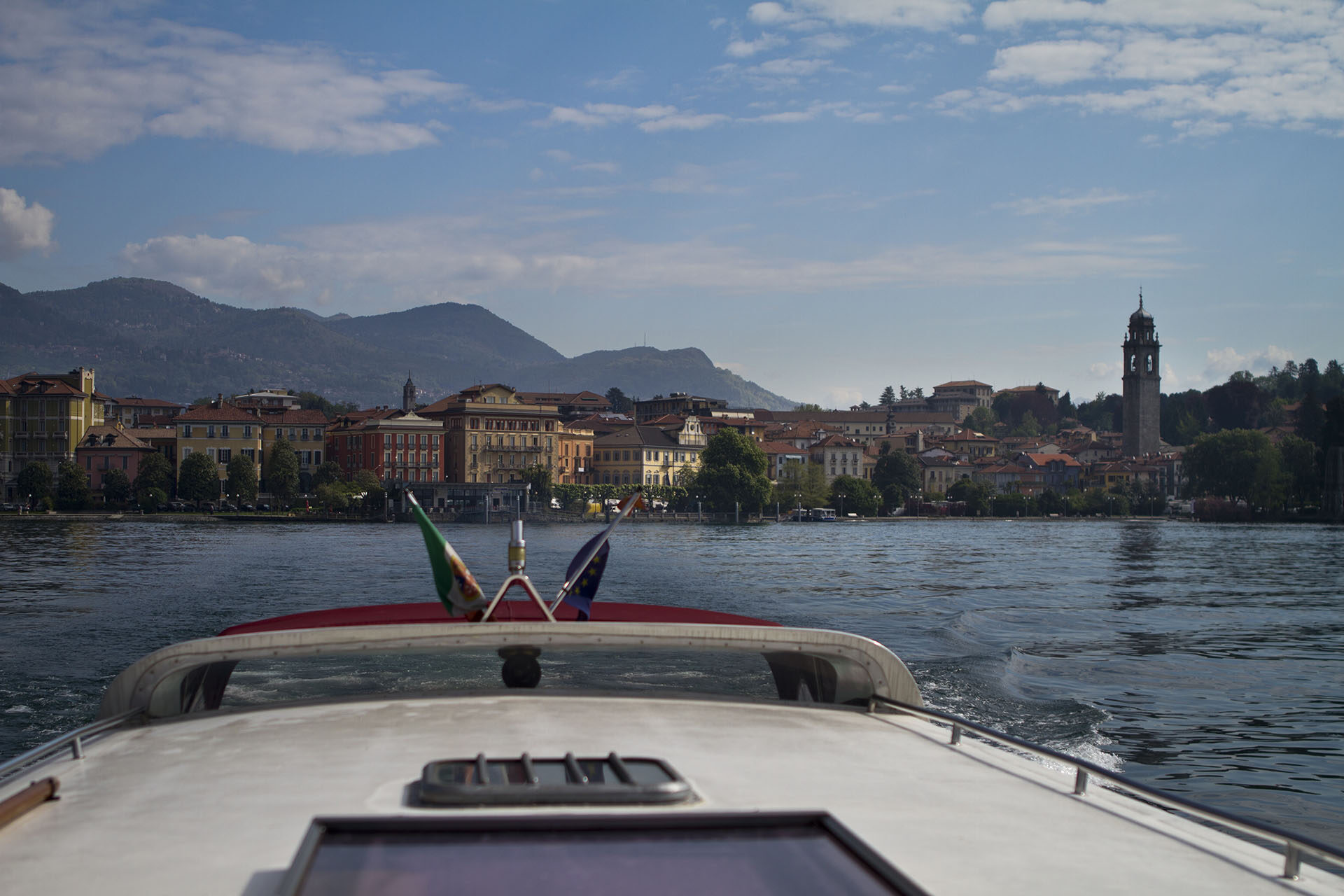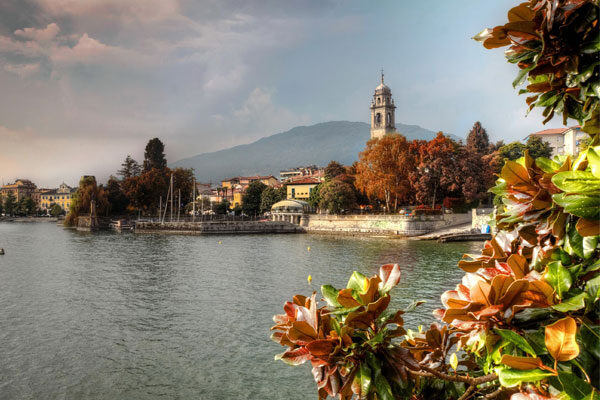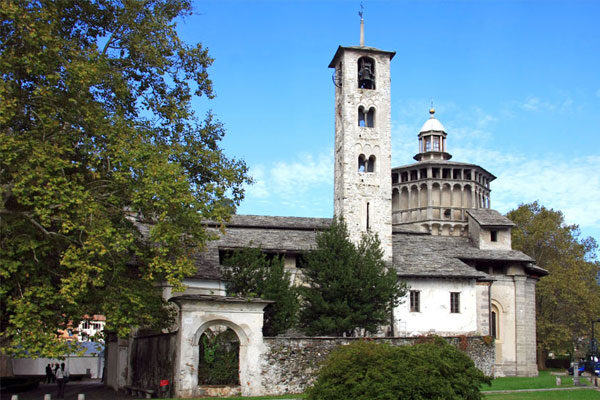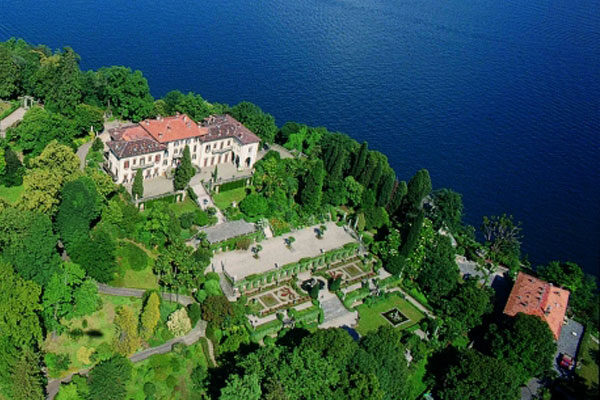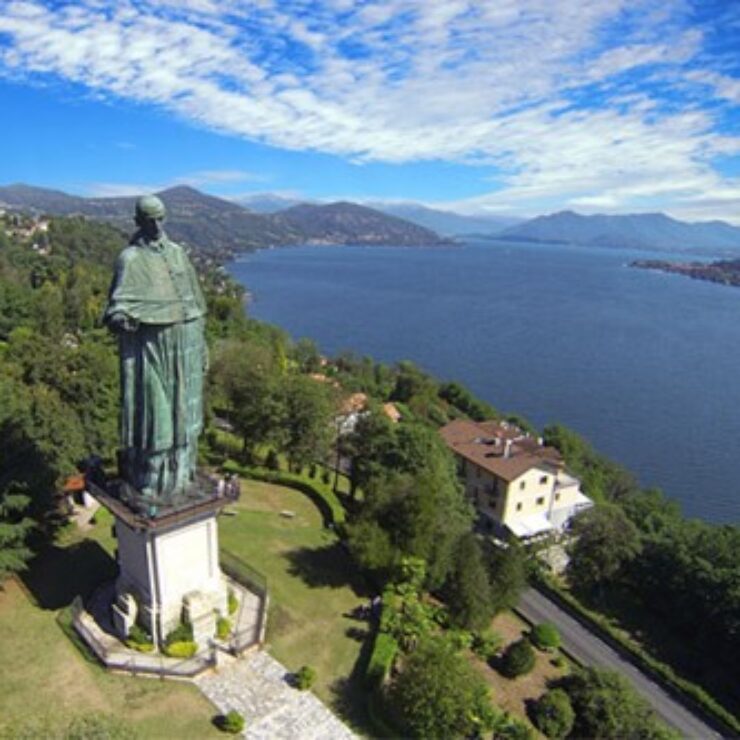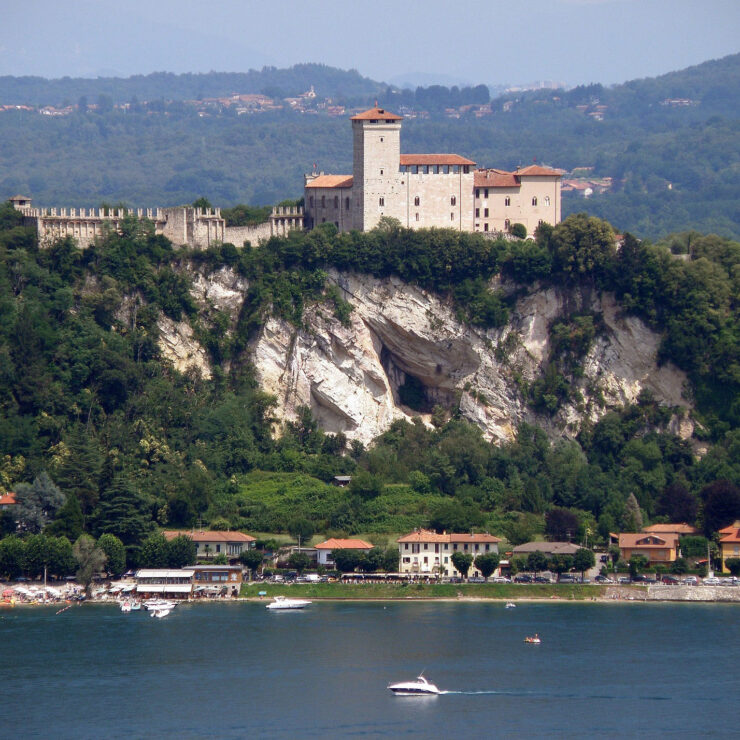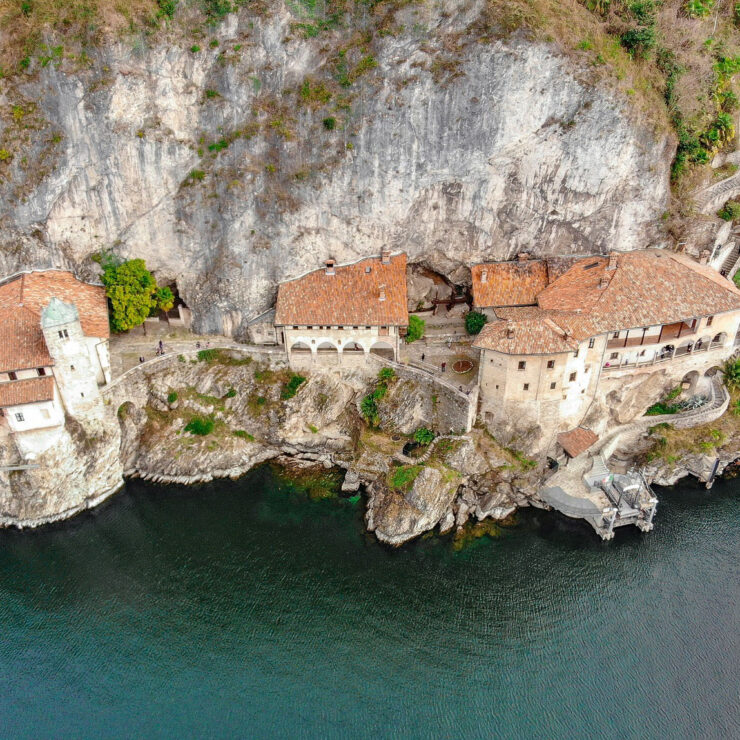Pallanza
A bit of history
Pallanza enjoys a privileged location, overlooking Lake Maggiore and opposite the Borromean Gulf. Together with Intra and Suna, Pallanza is one of the main towns of the Verbania area.
Pallanza was originally a Roman town, as demonstrated by the marble votive milestone from the 1st century AD kept in the Church of Santo Stefano. In ancient times, the town was split into two medieval centres called “The Square” and “The Villa”. “The Square” was the lower part of the village, including: the Church of San Leonardo and its splendid staircase; Villa Giulia, a 19th-century villa built in 1847 for Bernardino Branca; the Town Hall, with its colonnade of 32 pink granite pillars from Baveno. “The Villa (or Vila)” was the territory along the slopes of the hill of Castagnola. It included the beautiful Church of San Remigio and Villa San Remigio.
What to visit
The gardens of Villa Taranto
The gardens of Villa Taranto were designed by captain Neil McEacharn who, in 1931, bought the property from the marquise of Sant’Elia. His plan? Transforming the grounds into an English garden that would combine the aesthetic and botanical needs of the area with his wish to recreate a corner of his beloved Scotland. The botanical heritage of Villa Taranto now includes about a thousand of non-native plants and twenty thousand rare or valuable species, harmoniously arranged over an area of about 16 hectares. Learn more!
Madonna di Campagna
A splendid example of Renaissance sacred architecture, this church was declared a national monument. The church was built in the first half of the 16th century according to the design of Giovanni Beretta da Brissago. It replaced a pre-existing Romanesque building (Sancta Maria de Egro) of which only the 11th-century bell tower and some traces of walls have survived. The exterior, in addition to the gabled facade covered with blocks of local serizzo granite, features a high octagonal dome cladding with loggias and surmounted by an atmospheric lantern. The monumental complex includes an early 17th century building and an 18th-century ossuary with valuable wrought iron railings. The church is also a concert location during the renown music festival “Musical Weeks of Stresa and Lake Maggiore”.
Villa San Remigio
The Villa, dating from the early 20th century, was built to symbolise the great love between marquis Silvio della Valle di Casanova, a poet and musician, and Irish painter Sofia Browne. Villa San Remigio rises on the hill of Castagnola, between the 17th-century church of the same name and the gardens of Villa Taranto. The Villa has Lombard Baroque style façades and characteristic balconies supported by a rock tunnel with a colonnade used as a winter garden. The Park is home to majestic trees, terraces, staircases and ancient sculptures. It also includes a medieval vegetable garden, an orchard, the Garden of the Hours, the Garden of Joy, the Garden of Memories and the Garden of Sighs. Its truly enchanting location offers impressive views of Lake Maggiore.
Sail with us on Lake Maggiore!
Departures from all the main ports of Lake Maggiore, also on the Lombard shore, with the exception of those of nearby Switzerland.
Tours to Switzerland will take place in collaboration with trusted partners.


